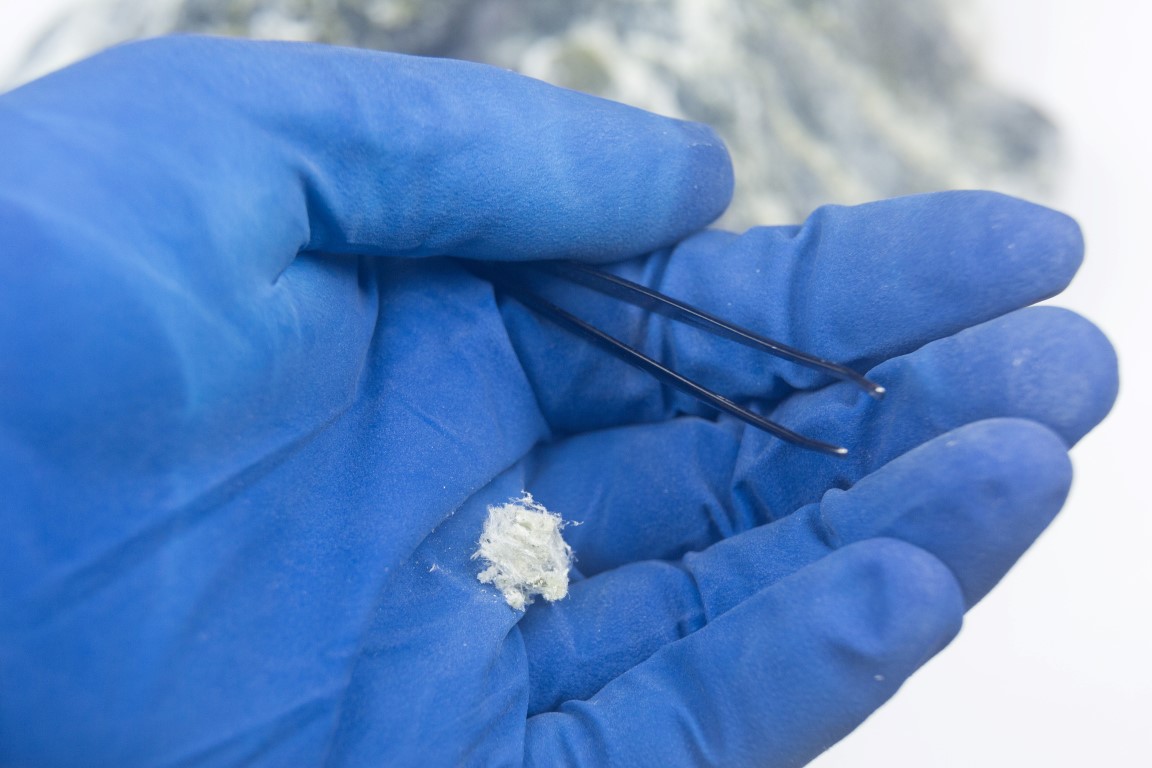Asbestos Testing: Crucial Steps for a Safe Living Environment
Asbestos Testing: Crucial Steps for a Safe Living Environment
Blog Article
The Complete Refine of Accredited Asbestos Examining to Ensure Property Compliance
In the realm of residential property monitoring and compliance, the process of certified asbestos testing stands as a critical component to guarantee the security and health of owners. From the initial assessment to the final interpretation of results, each stage plays an important function in figuring out the visibility of asbestos within a residential or commercial property.
Accredited Asbestos Testing: Preliminary Evaluation
In carrying out the preliminary evaluation for recognized asbestos screening, a careful exam of the building's products is crucial to precisely determine prospective asbestos-containing materials. This essential step involves aesthetically evaluating all locations of the residential property, consisting of ceilings, walls, flooring, insulation, and other building products that might harbor asbestos. Special attention is provided to products that are susceptible to damage or disruption, as these scenarios can release unsafe asbestos fibers right into the air. In addition, sampling of presumed products may be needed to confirm the visibility of asbestos via lab analysis.
Recognized asbestos assessors follow stringent protocols established by regulatory bodies to make certain the precision and reliability of the screening procedure. By thoroughly documenting searchings for and using innovative testing approaches, assessors can offer homeowner with a comprehensive report describing the presence of asbestos, if any kind of, and the recommended steps for reduction or removal. This first assessment sets the structure for subsequent activities to attend to asbestos worries and make certain the safety and security and compliance of the building.
Example Collection Treatments for Asbestos Examining
Efficient example collection treatments are essential in ensuring exact asbestos screening results and compliance with regulatory standards. When collecting samples for asbestos screening, it is critical to adhere to strict protocols to minimize the danger of contamination and guarantee the reliability of the outcomes.
First of all, it is necessary to recognize the suspected asbestos-containing materials (ACMs) and focus on tasting locations based upon aspects such as the product's problem, ease of access, and potential for disruption. Asbestos Testing. Samples should be accumulated from numerous areas within the property to give a thorough analysis of asbestos existence
During sample collection, licensed professionals need to use proper individual protective equipment (PPE) to safeguard versus asbestos direct exposure. They should use tidy devices, such as disposable gloves and plastic bed linen, to avoid cross-contamination in between samples. Samples should be meticulously collected using a defined method, such as damp cleaning or coring, and firmly sealed in closed containers to maintain their honesty throughout transportation to the research laboratory for evaluation.
Laboratory Evaluation Process for Asbestos Examples
Upon completion of the example collection process, the asbestos samples are diligently carried to approved laboratories for precise analysis. The first action in the research laboratory analysis process is sample prep work, where the accumulated samples are very carefully refined to remove the asbestos fibers.

When the evaluation is total, an in-depth report is created, laying out the searchings for and validating whether asbestos is present, the kind of asbestos fibers determined, and the focus degrees. This information is important for homeowner to take the necessary actions to guarantee compliance with asbestos guidelines and protect the health and wellness of occupants.

Coverage and Analysis of Asbestos Examination Outcomes
Accredited asbestos testing research laboratories supply comprehensive records that provide vital understandings right into the presence, type, and concentration levels of asbestos fibers discovered in examples collected from buildings. These records are crucial for homeowner and supervisors have a peek here to recognize the threat posed by asbestos and make educated choices regarding its management or removal. The reports commonly consist of information on the approaches used for screening, the areas from which samples were taken, the kind of asbestos identified (such as chrysotile, amosite, or crocidolite), and the focus degrees of asbestos fibers discovered.
Analyzing these results needs competence to evaluate the prospective health risks associated with asbestos exposure, determine the appropriate strategy, and guarantee regulative conformity (Asbestos Testing). Relying on the searchings for, suggestions might range from proceeded monitoring and maintenance to encapsulation or total asbestos reduction. Homeowner must thoroughly examine these records and talk to asbestos experts to establish a comprehensive plan for addressing any asbestos concerns determined
Making Sure Home Compliance With Asbestos Laws
To keep adherence with asbestos regulations, home proprietors have to carefully apply procedures to make certain compliance with relevant regulations and guidelines. This includes performing regular asbestos examinations by recognized professionals to determine any presence of asbestos-containing products within the residential property. As soon as asbestos is recognized, residential property proprietors should follow asbestos management intends that outline appropriate containment, elimination, or encapsulation treatments to avoid exposure and spread of asbestos fibers. Compliance also entails keeping in-depth records of asbestos testing, upkeep, and elimination tasks for examination purposes.
Property proprietors should offer asbestos understanding training to staff members and residents to decrease the risk of asbestos direct exposure and ensure correct handling of products that may consist of asbestos. Additionally, it is vital to stay notified regarding any type of updates or changes in asbestos regulations to readjust monitoring practices accordingly. By proactively addressing asbestos compliance needs, property proprietors can develop a safe atmosphere for owners and mitigate prospective legal and health and wellness dangers related to asbestos direct exposure.
Conclusion
In final thought, certified asbestos testing is a crucial procedure for making certain residential property compliance with regulations. The preliminary analysis, example collection procedures, lab analysis, and analysis of outcomes are all vital action in this procedure. By adhering to these treatments, homeowner can identify and address any asbestos hazards discover this present, protecting the health and security of owners and keeping conformity with regulative demands.
Report this page